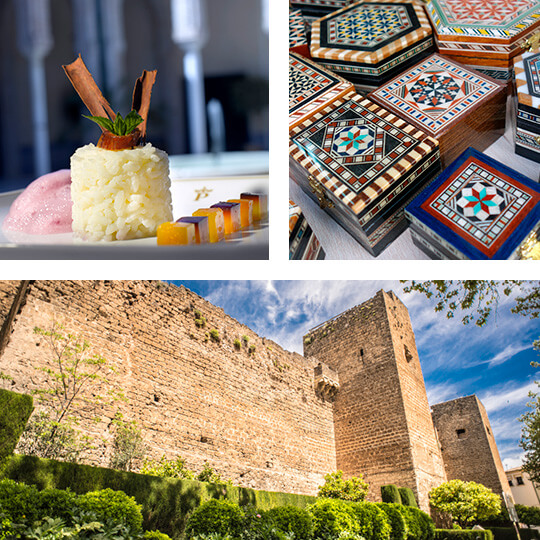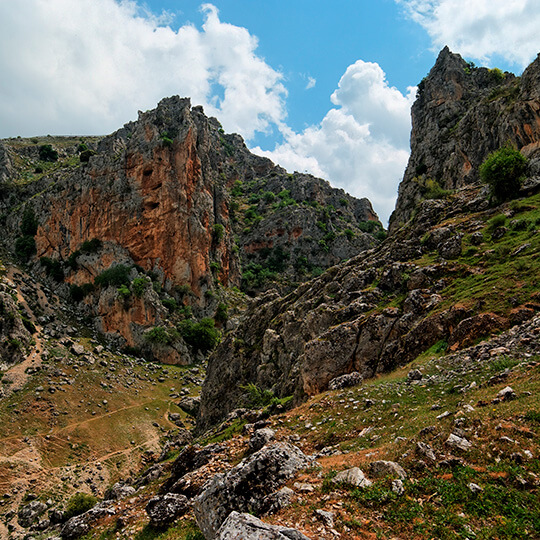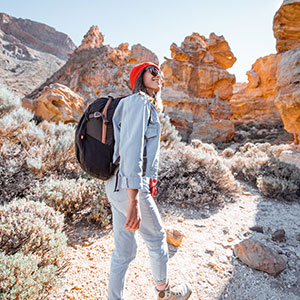This area of Spain speaks of battles between Moors and Christians, of ancient culture and modern traditions, spanning 10 centuries of history. Nearly 200 kilometers long, it is one of the best routes for visiting Andalusia and a destination for all ages.Here are some places and historical facts that this route through Andalusia reveals:- Monuments : In the province of Granada you will see the Arab bridge of Pinos Puente and the Nasrid castle of Moclín. Córdoba is home to the Luque Fortress, the Lucena Castles, Priego de Córdoba and the Muslim remains of the old town of Baena. In Jaén, you will see the Castillo de la Mota in Alcalá la Real.- Gastronomy with Arab heritage: Some culinary recipes have their origin in Muslim culture. Albónndigas (meatballs), migas (fried breadcrumbs) and arroz con leche (rice pudding) are all dishes that can be enjoyed now just as they were by the caliphs 1000 years ago.








